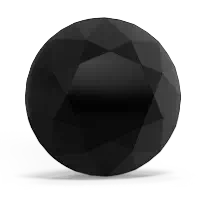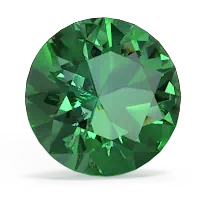

Friendship, love and loyalty are represented by this historic celtic design. A Onyx claddagh ring with your birthstone or favorite color makes it even more significant. Black and gold make a beautiful and elegant combination. A black onyx ring is a perfect accessory for any outfit. The birthstone of May, an emerald ring symbolizes the eternally returning spring. The velvety green color of emerald is a perfect match for spring and summer fashions.